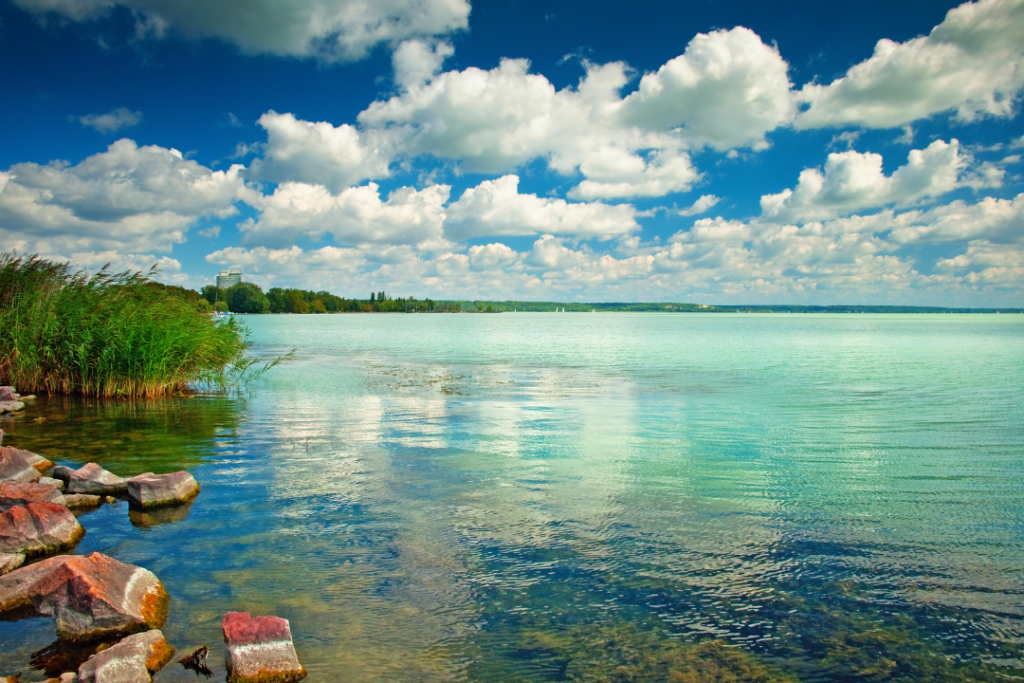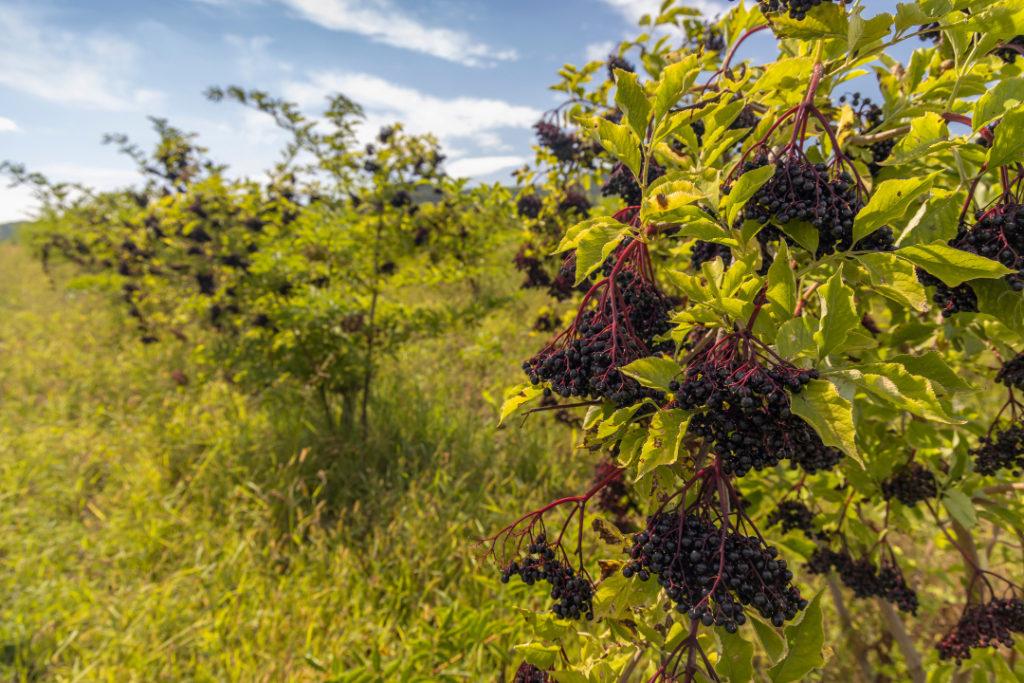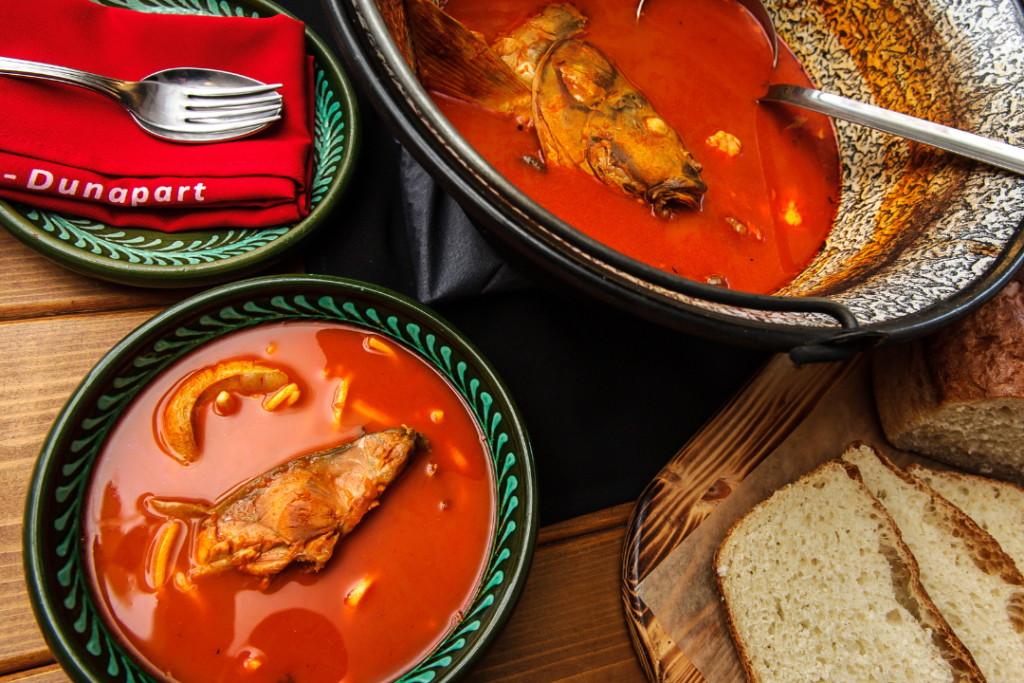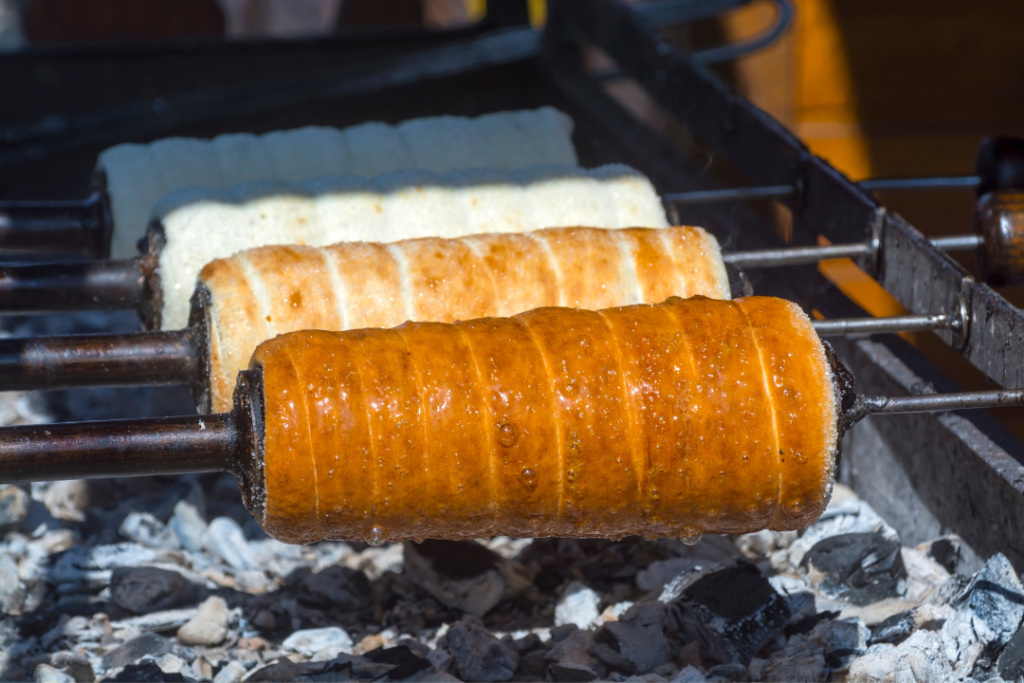Hungary is diverse, with a rich history, culinary and gastronomic traditions, and a vibrant wine and vineyard industry.
The country’s borders have changed throughout history, but it has always been in Central Europe. The country has an area of 93,030 square kilometers, making it slightly larger than the U.S. state of Missouri. Hungary has a varied landscape with plains, mountains, hills, and rivers.
HISTORY AT A GLANCE
Hungary’s history dates back to the Magyar tribes who inhabited the region from the 9th century A.D. In the 11th century, Hungary became a Christian kingdom under Stephen I of Hungary. By 1526, Hungary was under Turkish rule until 1699, when Austria’s Holy Roman Empire reconquered it. In 1867, Hungary became an independent state within Austria-Hungary.
Hungary was occupied by the Ottoman Empire from 1541 to 1699, then again from 1711 to 1716. The Habsburgs took over after that and ruled until 1918. After World War I, Hungary became an independent republic for a brief period before Nazi Germany took it over during World War II. It gained its freedom again after WWII but lost its territory in Czechoslovakia when it split into two halves: Czechoslovakia and Slovakia.
THE LONG TRADITION OF WINEMAKING IN HUNGARY
The country’s wine history dates back to the Roman Empire. The soldiers brought grape seeds back to Hungary after conquering the region of Dalmatia (now Croatia). The Hungarians planted these seeds and, soon after that, began making wine.
Today, Hungary produces over 1 million hectares of vineyards across the country. The most common grapes used in Hungarian wines come from Transylvania: Tokaji Aszú and Furmint. These two varieties are very different in style and flavor profile, but both have become world-renowned for their quality.
BALATON WINE REGION
Summer vacations and the beaches are the main reasons many travels to Lake Balaton. The region surrounding Central Europe’s largest lake also has a wide range of recreational and culinary opportunities. You can find distinctive wines that dynamically convey the characteristics of the soil by going on a hike through the monadnock hills of the Balaton Uplands.
The most popular variety in the wine region is olaszrizling. This exquisitely captures the qualities of the production area.
-
Romantic Balaton
It’s a genuinely romantic location because of the Balaton Uplands wine region’s hot microclimate and gorgeous scenery. The wine region’s area is along Lake Balaton’s mountainous northern shores, dotted with small towns and nature preserves. The grapes ripen into richer wines over the warm autumns and chilly evenings.
From Lake Balaton, you can see the volcanic monadnock with a truncated shape, where the Nagy-Somló wine region is located. This wine region is one of the smallest in the nation, but aside from Tokaj, it has the most intriguing natural characteristics and distinctive soil structure. Because of its exceptional terroir, Somló wine is always first and foremost “Somló” and only then Olaszrizling or the Juhfark, an essential variety of the wine region and also known as the honeymoon wine.
TOKAJ WINE REGION IN HUNGARY
One shouldn’t consider the journey over until you’ve sipped on a glass of Furmint or Asz while surrounded by the distinctive atmosphere of the old cellars, possibly while hearing the tales of a winemaker from TOKAJ, Mad, or Erdbénye.
One of the most distinctive sweet wines in the entire world, TOKAJI ASZU is a genuine work of nature. Noble rot must multiply for production, and the autumnal water vapor generation makes this feasible. The autumn sunshine is yet another crucial aspect that helps the grapes concentrate sugar and other essential components that give the wine its distinct flavor. The valuable Aszu grapes are separated during harvest and then placed in a suitable amount of stum or base wine from the same vintage. After pressing and fermentation, Aszu wine must age for several years to develop its distinctive flavor.
Sessile oak from the ZEMPLÉN MOUNTAINS makes excellent barrel raw material, making “Zemplén oak” a staple of the global wine industry. The “Valley of the Coopers,” or Erdbénye, is widely recognized for preserving and fostering the craft’s traditions. The area was designated the Tokaj Wine Region Historic Cultural Landscape by UNESCO in 2002 and added to the list of WORLD HERITAGE SITES.
THE HUNGARIAN CUISINE IN A NUTSHELL
Are you looking for a treasure trove of culinary traditions, regional dishes, and recipes awaiting discovery? Hungary is your answer!
This is the food lover’s dream trip in search of the unique and unusual; this country offers an authentic taste of Europe. The tasty Hungarian cuisine is rich in regional flavors, ingredients, and age-old traditions and customs. What better way to explore a country than by tucking into its rich gastronomic offering?
GULYÁS (GOULASH)
According to Hungarians, they are a “country of soup eaters.” While soups are equal to an appetizer in other nations, among Hungarians, a dinner is only complete once you’ve eaten a bowl of soup. We distinguish between lighter vegetable soups and heartier soups that contain pasta and meat. The latter group includes the famous fish and goulash soups. Hungarian fish soup has two primary schools, called after the towns of Baja and Szeged. The Szeged fish soup is prepared using a variety of fish and is sieved, in contrast to the Baja fish soup, which is often produced from carp and crafted using a more straightforward technique.
THE CAULDRON STEWS
A classic Hungarian meal is “pörkölt,” a stewed beef dish. Traditionally, chopped onions are first fried in lard before combined with the cubed beef and paprika-dusted. In addition to traditional cuts of beef, mutton, pork, or chicken, it is frequently made with a game or offal like tripe or gizzards. While it is commonly served with a hot side dish in restaurants, it is typically enjoyed at home with bread and pickles.
THE OLD FASHIONED Főzelék OF HUNGARY
A vegetable-based main course called “fzelék” is not only a tasty, healthy dish but also suitable for vegetarians and, depending on how it is thickened, even vegans. The best way to prepare “fzelék” is with fresh ingredients like green or yellow peas, spinach, beans, potatoes, lentils, or even Savoy cabbage.
HOMESTYLE TO ELEVATED CUISINE
For non-vegetarians, casserole-style dishes with meat, like “rakott burgonya” (layered potatoes), “rakott káposzta” (layered cabbage), or even “layered cauliflower,” are other outstanding favorites of home-style cuisine. No food, no matter how wonderful, could not benefit from adding copious amounts of sour cream, according to Hungarians. It is one of Hungary’s most popular dairy products and is tart yet creamy. Without it, Hungarian cuisine is inconceivable. Top restaurants now offer Hungarian casserole-style dishes, which are made in a single skillet and combine meat and vegetables. This represents a significant turning point in elevating traditional, home-cooked flavors to their proper position in haute cuisine.
SATISFYING THE SWEET TOOTH
Hungary is excellent in sweet treats. Trógombóc is sweet cottage cheese dumplings with a sweet, sour cream sauce, while hearty Gundel pancakes are filled with a walnut-rum mixture and covered in dark chocolate sauce. Somlói sponge cake is vanilla-flavored with chocolate sauce, rum, and raisins. The traditional Dobos and Esterházy cakes are the most well-known, but Hungary is famous as well for the walnut-apricot zserbó slice and the apricot-cottage cheese Rákóczi trós.
THE STREET FOOD OF HUNGARY
Hungarians seldom recognize several dishes prominent in other countries’ street scenes, marketplaces, and daily life. Both “langos” (a type of cake baked over charcoal on a unique cone-shaped baking spit) and “kürtskalács” (chimney cake), which is popular in the USA, are said to sell like hotcakes in Japan. However, numerous countries in Central Europe claim ownership of the latter. Making it is a ceremony in and of itself. Rolling the dough in sugar caramelizes it to crispness as it bakes. It is a huge favorite of both Hungarians and foreigners. Another traditional street food in Hungary is “lángos,” made from a soft dough made with yeast, shaped into flat rounds, and deep-fried. Today’s Hungarians don’t mind when tourists eat it with ham or as a substitute for a hotdog, even though traditionally, it is with cheese, sour cream, and garlic as a topping.
When it comes to whipping up amazing vacations for my clients, Inspired Travel Designs always know the ingredients for success. It all starts with getting to know my clients, that first conversation where we get to know each other/diving in and truly understanding their travel fancy. In my experience, it’s not just about taking a vacation, it’s usually a need for relaxation/an opportunity to reconnect with themselves and their family, or a desire to unplug from the everyday routine, and I just wouldn’t know that if I didn’t take the time to have that first consultation call to truly get to know them in our conversations. It helps me serve my clients so much better. So, how can I serve you today? Let’s connect!










